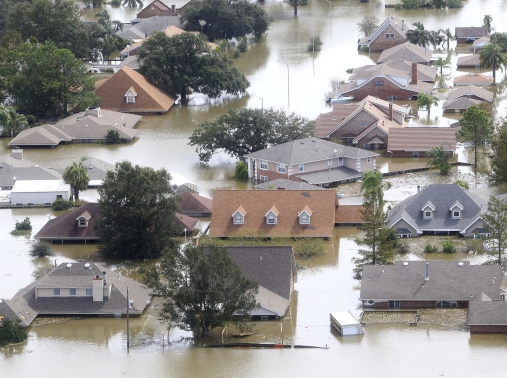|
|
RAND research and commentary on the issues that matter most
|
Apr 23, 2020
|
|
|
|
|
Illustration by Chara Williams/RAND. Images by Adobe Stock and Getty Images
|
|
|
|
What does scientific evidence tell us about the effects of gun laws? RAND's Gun Policy in America initiative seeks to answer this question—and establish a shared set of facts about one of the nation's most divisive issues.
This week, we released a major update to this initiative. Here are some key takeaways:
- There is supportive evidence—our strongest evidence rating—that stand-your-ground laws are associated with an increase in firearm homicides. There is moderate evidence—our second-highest rating—that they may increase total homicides.
- There is moderate evidence that waiting periods reduce rates of firearm suicide and total homicide.
- Despite a recent increase in gun policy studies, there remains a lack of robust evidence for the effects of several types of commonly proposed laws.
- U.S. gun ownership rates have been declining over the last three decades, but trends vary by state.
Read more »
|

|
|
An empty hallway at a school in Milton-Union Exempted Village School District, Ohio, March 13, 2020. Photo by Kyle Grillot/Reuters
|
|
Whenever schools reopen, they will likely have to make changes so that teachers, staff, and students can practice social distancing. This will require rethinking hygiene practices, scheduling, transportation, and more, says RAND's Heather Schwartz. School decisionmakers will need guidance—perhaps from a federal agency—in these areas. If schools receive the support they need, then educators can focus on what they do best: teaching students.
Read more »
|
|

|
|
A woman prays alone in Blessed Sacrament Catholic Church in Worcester, Massachusetts, April 5, 2020. Photo by Brian Snyder/Reuters
|
|
Religious congregations have long played critical roles in providing mental health support, food assistance, and other social services to communities. As the battle against COVID-19 continues, the need for these services is only becoming more dire. According to Kathryn Derose, a RAND researcher and an Episcopal deacon, and Reverend Michael Mata, faith-based organizations should be seen as important partners in caring for vulnerable people during the pandemic.
Read more »
|
|

|
|
Flooding in New Orleans after Hurricane Katrina struck on August 31, 2005. Photo courtesy of J. Augustino/FEMA
|
|
What if Hurricane Katrina had hit during a pandemic? According to RAND experts, this is the scenario that emergency managers need to prepare for today. There are many issues to consider, including response systems that are already overwhelmed; the complications of evacuating and sheltering; and how to deploy emergency workers. What's more, because millions of Americans have been out of work due to COVID-19, the government may need to play an even more active role to assist with hurricane recovery.
Read more »
|
|

|
|
Photo by andresr/Getty Images
|
|
Many factors affect how people develop COVID-19, including sex and gender. According to RAND experts, it's important to test and report on these differences now—as part of building a strong evidence base about the pandemic. To overlook this data would be to “follow the dangerous path of prior clinical research…allowing mistaken and potentially deadly misunderstandings based on the failure to consider sex and gender from the start.”
Read more »
|
|

|
|
A member of the Seattle Fire Department leaves the scene following a medical response, March 31, 2020. Photo by Jason Redmond/Reuters
|
|
Many state and local courts are closed. Insurers have been asked to cover enormous unplanned losses. First responders are facing unprecedented risks. The spread of COVID-19 has caused massive disruptions to America's justice system. RAND research offers insights that could help policymakers address some of these issues. Our portfolio covers insurance compensation, using technology in court proceedings, supporting police and first responders, and more.
Read more »
|
|
|
The COVID-19 pandemic is placing extraordinary strains on the U.S. medical system. RAND developed an interactive tool to help hospitals estimate current critical care capacity and examine how to quickly increase it.
Explore the tool »
|
|
|
|
|